How Do I Care for My Pet’s Teeth?
Just like for humans, dental care is an essential part of a pet’s overall health. Issues with a pet’s mouth and teeth can be caused by either obvious or underlying diseases and conditions that your pet may have. Dental issues can also cause deterioration of a pet’s health if not taken care of properly. Your pet should visit the Bredel Veterinary Clinic at HART for veterinary dentistry in order to keep your pet’s mouth healthy.
Dr. Jessy recommends an annual or biennual professional exam for your pet.
Veterinary dentistry is a process of adjusting, filling, extracting, repairing, and cleaning your pet’s teeth and dealing with other dentistry needs. This is done by a veterinarian like Dr. Jessy or a certified veterinary dentist.
When you take your pet to the dentist, you can expect a visual examination of your pet’s mouth first. X-rays may be taken to check on the health of your pet’s jaw and tooth roots. Dental diseases usually happen below the gum line where it can be hard for an owner to see so a thorough dental exam and cleaning will be helpful in finding any disease or warning signs of disease.
=Similar to a human dental appointment, a canine or feline dental cleaning usually consists of the scraping of plaque and tartar off your pet’s teeth. The dentist will also examine your pet’s tongue, lips, and gums. Since pets do not really understand why a dental exam is happening, your pet may be put under anesthesia for a thorough dental exam.
It is important to understand that your pet may be under anesthesia for the exam since a pet may try to move or bite the veterinarian. Anesthesia is essential in making the exam less painful and stressful for your pet.
If your pet is not under general anesthesia, local anesthesia may be used to numb the mouth and face area in addition to using restraining techniques. Especially if an x-ray is needed, your pet will have to remain still in order for the vet to get a good picture. Many owners are worried about anesthesia but it is a common and safe practice. After completing a dental exam under anesthesia, most pets get to go home the same day, but they may feel a bit dazed and confused.
The importance of regular dental care is to prevent common issues such as periodontal disease. This ailment is when plaque hardens into tartar on your pet’s teeth and becomes adhered to the teeth. It commonly occurs in adult dogs and cats. However, it can be prevented by good oral care. By 3 years old, most pets have signs of periodontal disease.
Some things to watch out for regarding your pet’s oral hygiene are bad breath, drooling, difficulty chewing, missing or loose teeth, inflamed gums, excessive panting, refusing food, whining when eating, and pawing at the mouth.
Sometimes, though, oral diseases do not have obvious symptoms. Without treatment, conditions like periodontal disease can cause problems such as damage to the mouth or internal organs as pets age. Bacteria can also move below the gum line which can also cause serious issues.
Once your pet gets a professional dental examination, it is important for the owner to take steps to maintain the pet’s oral health at home. Brushing your pet’s teeth at home is a great step. You can use a small toothbrush or purchase a finger brush, or chew brush. Most animals get their teeth around 6-7 months of age, so it is best to start them early on a brushing routine. The earlier you begin, the more your pet will become used to the routine.
Caution! Do not use human toothpaste on your pet!
Pet toothpastes are available in flavors your pet will enjoy. Daily brushing is recommended, but it’s not always easy. Dogs may be more open to brushing, while cats may be apprehensive.
In between vet visits, there are also dental chews and rinses that can be used to maintain a healthy mouth. Ask Dr. Jessy for her specific recommendations for your pet.
With patience and regular attention, your pets will have healthy mouths and bodies. Contact the Bredel Veterinary Clinic today to schedule for your pet’s dental checkup!

